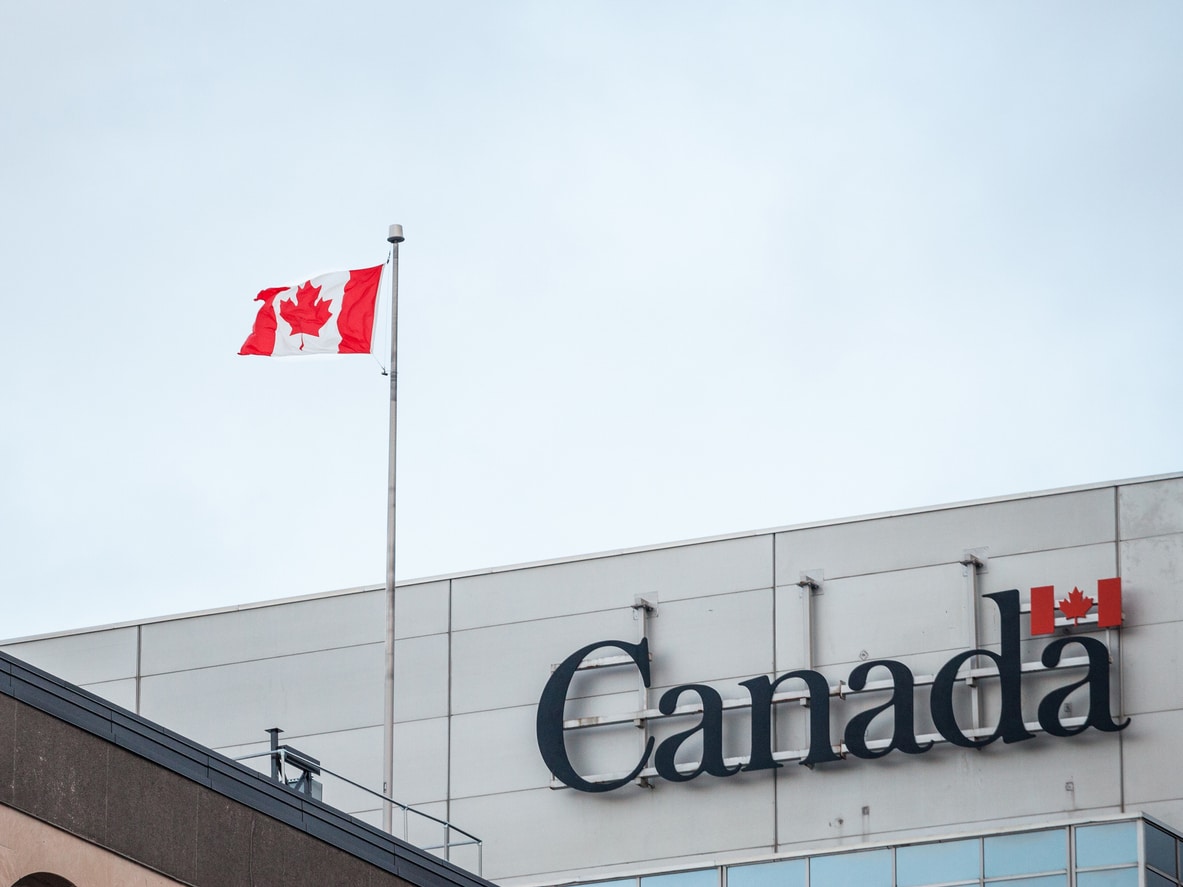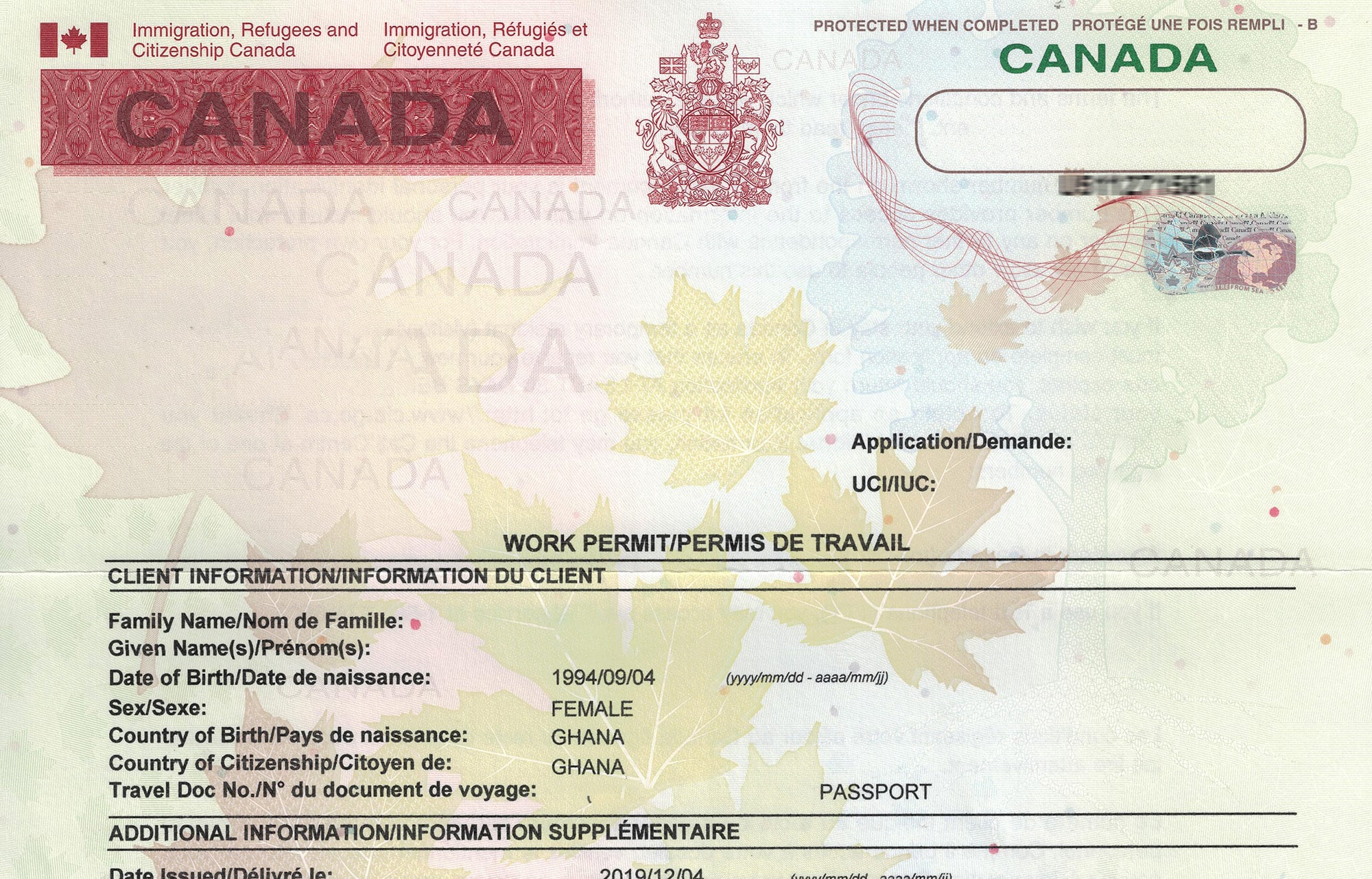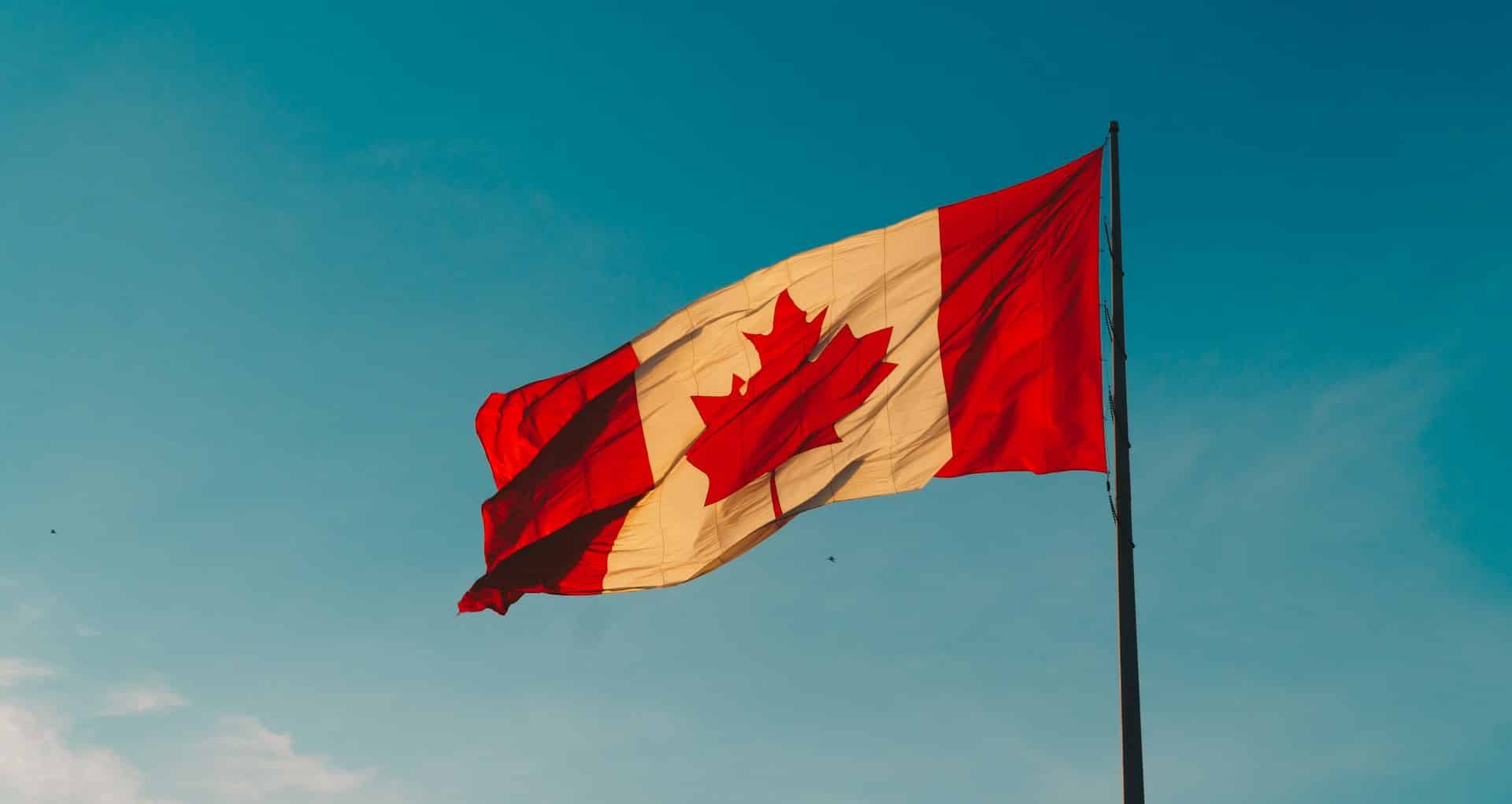
The Last Six Months in Canadian and US Immigration: What’s In, What’s Out, and Who’s Affected
Immigration policies in Canada and the US are constantly evolving, and the last six months have been no exception. From stricter regulations to shifting priorities, these changes have had a significant impact on individuals, families, and businesses on both sides of the border. Let’s dive into the key highlights, what’s trending in immigration, and what’s falling out of favour.
What’s In
- Stricter Express Entry Requirements in Canada:
Canada has been tightening its Express Entry (EE) draws, with higher Comprehensive Ranking System (CRS) score thresholds and targeted draws focusing on healthcare, STEM, and francophone applicants. For temporary residents aspiring to permanent residency, this has meant re-evaluating their long-term plans in Canada or exploring alternatives like Humanitarian and Compassionate (H&C) applications.
- Work Authorization Flexibility in the US:
The Biden administration introduced measures to expand employment opportunities for certain noncitizens, including work permits for asylum seekers and Deferred Action for Childhood Arrivals (DACA) recipients. This move has been a lifeline for many, but delays in processing remain a persistent hurdle.
- Focus on Family Reunification:
Both Canada and the US have launched initiatives to prioritize family reunification. Canada’s Parents and Grandparents Program (PGP) has seen renewed interest, while the US continues to streamline processes for immediate relatives of citizens. However, backlogs and limited quotas mean these programs are still a lottery for most applicants.
- Regional Immigration Programs:
Canada’s provinces are expanding their Provincial Nominee Programs (PNPs) with sector-specific pathways to address labor shortages. Similarly, the US is leveraging regional employment programs under EB-5 and H-2B visas to fill gaps in agriculture and seasonal industries.
What’s Out
Post-Graduation Work Permits for All:
While Canada remains a top destination for international students, tighter pathways to permanent residency and limited opportunities outside major urban centers have left many graduates scrambling to qualify for PR. Those unable to meet rising EE cutoffs are considering returning home or pivoting to other immigration pathways.
Pandemic-Era Flexibility:
Temporary measures implemented during COVID-19, such as automatic extensions and leniency on expired permits, are no longer in place. Both countries are reverting to pre-pandemic rules, creating new pressures for applicants to meet strict deadlines.
Easy Access to Visitor Visas:
Refusals for Temporary Resident Visas (TRVs) in Canada and visitor visas in the US are on the rise. Heightened scrutiny, particularly for applicants from high-risk countries, has made it increasingly difficult to gain entry for tourism or short-term visits.
Blanket Policies on Immigration:
Gone are the days of sweeping immigration reforms. Both Canada and the US are focusing on tailored, industry-specific, and region-specific policies. While this approach targets gaps in labor markets, it leaves other sectors and demographics without clear options.
How This Affects People
For many, these shifts have created a sense of uncertainty. Skilled workers in Canada are facing increased competition, while temporary residents are feeling the crunch of limited pathways to PR. Meanwhile, in the US, immigrants are grappling with delayed work permits and a polarized political landscape that often leaves their futures hanging in the balance.
For businesses, labour shortages remain a pressing issue, especially in industries dependent on foreign workers. Employers are navigating more complex systems to recruit and retain talent, often shouldering higher costs for immigration services.
On a positive note, individuals exploring family-based immigration or working in targeted sectors like healthcare and tech are seeing opportunities emerge. However, those who don’t fit neatly into these categories are left questioning their options.
Looking Ahead
The next six months will undoubtedly bring more changes as governments respond to economic demands, geopolitical pressures, and public opinion. For individuals and families navigating the immigration maze, staying informed and proactive is essential. Whether it’s adapting to new criteria or exploring alternative pathways, success often comes down to preparation and expert guidance.
Key Takeaway
The landscape of immigration is shifting rapidly. What’s in today could be out tomorrow, so planning ahead and staying flexible has never been more important.
For immigrants navigating these uncertain times, staying informed and proactive is key. Consulting with experienced immigration professionals can make all the difference in crafting a strategy tailored to individual goals and circumstances.
As we gear up for 2025, one thing is clear: immigration remains a dynamic and ever-changing landscape. Whether you’re seeking opportunity, refuge, or reunion, understanding what’s in and what’s out can help you stay ahead of the curve.












